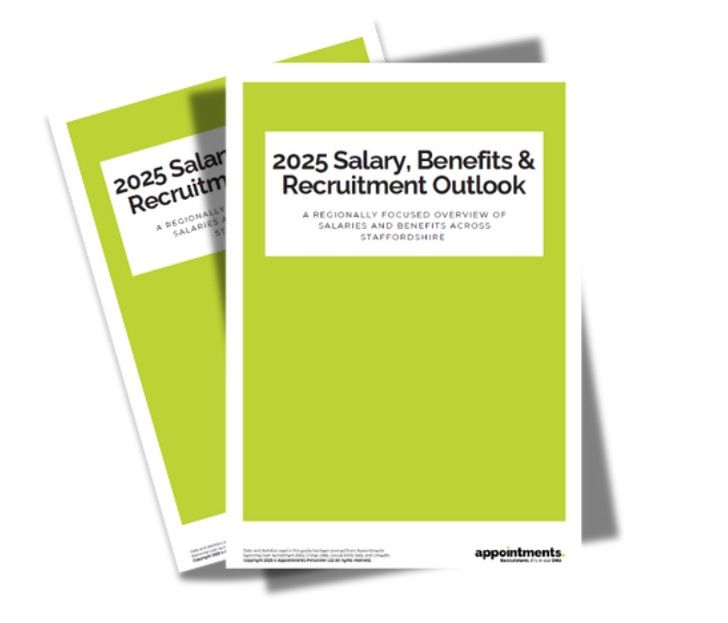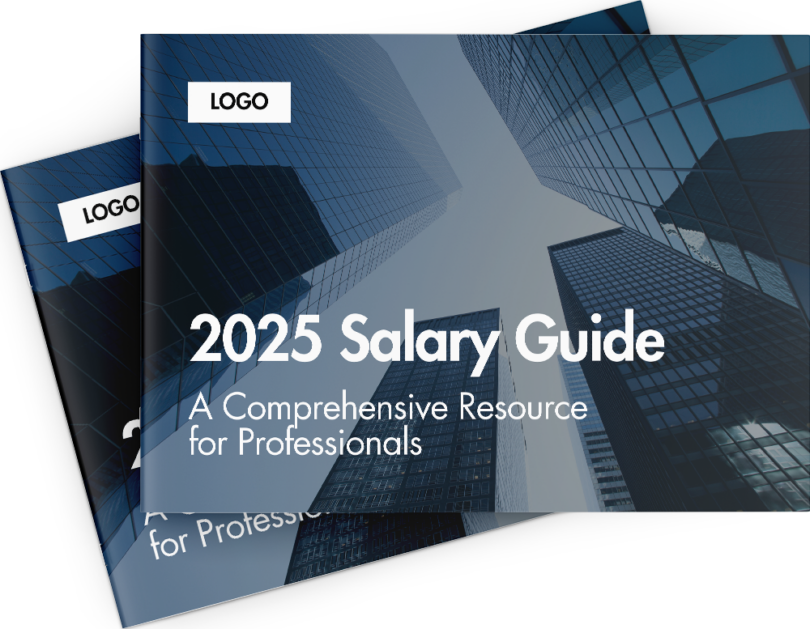
Share Article
Tips to prepare for a Psychometric test
Psychometric tests: how to prepare
We have lots of candidates asking us about psychometric tests, whether it’s possible to prepare for them and how they can prepare.
Many employers use psychometric tests as part of their recruitment process. They’re used commonly in graduate jobs, work placements and internships but psychometric tests are used across all job sectors to help employers assess the cultural fit of applicants for their new place of work.
What are psychometric tests and how do they work?
The big-five personality test has been used by psychologists for years to measure the strength of certain personable characteristics, which has led to its use by prospective employers and recruitment companies. The idea is that the candidate will have their personality type assessed based upon five main characteristics. These are individually scored, resulting in a better understanding of the individual’s personality. Psychometric tests give prospective employers and recruitment consultants an idea of the employment roles that will be better suited to the individual. They also provide an insight into whether a candidate will possess qualities desirable for a specific role. For example, performance in a career such as “nursing” may be enhanced by friendliness and having a caring nature, in which case a high score for “openness” and “agreeableness” from taking the big-five personality test could indicate job suitability to potential employers. Numerous psychological studies have provided support for the correlation between job performance and personality, some suggest almost 30% of differences in performance ability are related to personality characteristics.
Psychometric tests usually test for Openness, Conscientiousness, Extraversion, Agreeableness and Neuroticism, which are easily remembered by using the acronym “OCEAN”:
- Openness, which refers to how readily an individual will take on new experiences or acceptance of non-conventional ideas, levels of creativity and attentiveness to inner thoughts and feelings.
- Conscientiousness, which applies to attention to detail, vigilance, organisation and a desire to complete a task to the utmost ability.
- Extraversion, which relates to assertiveness, enjoyment of human interactions or social settings and risk-taking.
- Agreeableness, which tends to be indicative of co-operation, kindness and consideration for others.
- Neuroticism, which relays levels of anxiety, ability to deal with stress and maintaining calmness under pressure.
Types of psychometric tests
You may take tests early on, as part of the initial online screening process, or as part of the interview stage. They help your prospective employer to:
- identify if you are best suited to a particular job
- see if you are a good fit for their company culture
- screen a lot of applicants without having to interview everyone
Some employers are developing tests that you do through online games or apps. Tests are standardised and often timed. To perform well you need both speed and accuracy.
Tests used in application screening generally measure:
- ability – your knowledge and skills
- aptitude – your natural ability to do something
- personality – things like your typical ways of thinking, motivations, interests, values and beliefs
- You’ll see tests of things like:
- verbal reasoning – your ability to understand written information
- numerical reasoning – how you think using numbers
- abstract or spatial reasoning – your ability to understand patterns, logical rules or work with shapes
- personality – questions about how you behave, to predict how you might act in a work situation (there are no right or wrong answers)
- situational judgement tests – set a scene and ask what you would do in that situation
Psychometric testing for disabled people
If you have a disability that might affect your test performance, you can ask for reasonable adjustments. This makes sure that the testing process is fair. Adjustments can include things like:
- being able to use screen reading software
- having extra time to complete the test
Get in touch with the employer as soon as they ask you to take a test, to make sure these adjustments are made.
Preparing for a psychometric test
You do not have to revise before a psychometric test, though it helps to get some practice. This will give you a chance to:
- get familiar with the types of questions employers may ask
- overcome your nerves
- work out how much time you’re likely to have on each question so you can pace yourself
- learn tips to make sure you perform at your best
You can find free practice tests on sites like:
- The Psychometric Test Project
- The British Psychological Society
- SHL practice tests
If you’re at university or a recent graduate, speak to your university careers service. They may be able to give you free access to test materials. They may also run workshops or mock assessment centres to help you prepare.
Check the website of the company you are applying to, as they may have practice tests.
You may be able to find more specific practice materials on careers sites aimed at sectors like:
- law
- medicine
- finance
There are also lots of books available that offer tips and advice.
Learn from your mistakes
Go over your answers to find out where you are weakest. You can improve by doing more of the kinds of questions you find most difficult. If sites provide feedback on your performance this can help you to concentrate on areas to work on.
For numerical reasoning tests, it may help to work on your maths skills like:
- fractions
- percentages
- ratios
Tips for taking psychometric tests
- sit somewhere quiet with no distractions and try to stay calm
- have a pen, paper and calculator to hand
- do the tests on a laptop or PC and use headphones if you have them
- make sure you have a reliable internet connection
- log on with plenty of time ahead, close down all other windows and maximise the test window
- check the timings – some tests will actually tell you how long you have for each question, for others you may have to work it out
- read the instructions carefully and do the practice questions before you start
- do not use the back button in your browser as it may end the test without saving your answers
- if you can’t answer a question don’t stick on it and lose time– take a guess and move on
- if you answer a question and have time before the next one appears, use the time to calm yourself with a couple of deep breaths
Remember the test is to see if you are a good fit. They are not designed to trip you up but to assess whether you will be comfortable and happy doing the job you’ve applied for and whether you’ll be good at it. So try to relax and just be yourself.
For more support about preparing for interviews or finding a new job check out our career advice pages for candidates or get in touch to see how we can help you. If you’re an employer, we can offer psychometric tests as part of your candidate screening.










